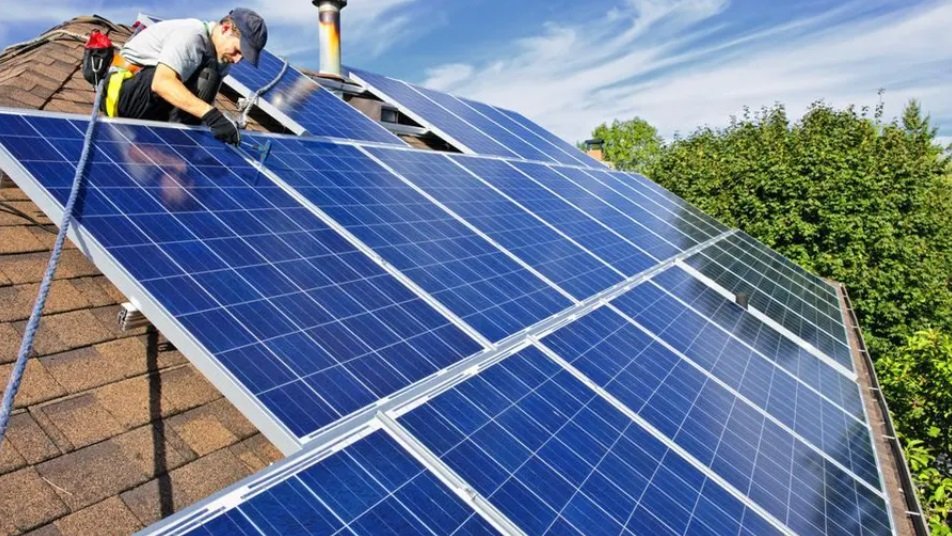The rising popularity of solar energy has been fueled by increasing awareness of environmental issues and the financial benefits that come with harnessing renewable energy. However, the initial cost of installing solar panels can be daunting for many homeowners. Fortunately, various incentives such as tax credits, rebates, and grants are available to help offset these costs. In this article, we’ll explore the different types of residential solar panel incentives, how they work, and how you can take advantage of them to make your transition to solar energy more affordable.
Understanding Solar Panel Incentives
Incentives for solar panels are designed to reduce the upfront cost of solar energy systems and encourage more homeowners to invest in renewable energy. These incentives come in various forms, including tax credits, rebates, and grants. By leveraging these incentives, you can significantly lower your solar panel installation costs and shorten the payback period for your investment.
Federal Tax Credits
One of the most significant incentives for residential solar panels is the federal solar tax credit, also known as the Investment Tax Credit (ITC).
- How It Works: The ITC allows homeowners to deduct a portion of their solar panel installation costs from their federal taxes. As of now, the ITC offers a 26% tax credit for systems installed before the end of 2022. This percentage will decrease in subsequent years unless Congress renews the program.
- Eligibility: To qualify for the ITC, you must own your solar panel system (leasing does not count), and the system must be installed at your primary or secondary residence in the United States.
State and Local Rebates
In addition to federal tax credits, many states and local governments offer rebates to further reduce the cost of solar panel installations.
- State Programs: Each state has its own set of incentives and rebate programs. For example, California’s Solar Initiative provides significant rebates to homeowners who install solar energy systems. Similarly, New York offers the NY-Sun Incentive Program.
- Local Programs: Some municipalities and utility companies also offer rebates. These can vary widely in amount and availability, so it’s essential to research what is available in your specific area.
Solar Renewable Energy Certificates (SRECs)
SRECs are a way for homeowners to earn additional income from their solar energy systems.
- How They Work: When you generate solar energy, you can earn SRECs, which represent the environmental benefits of your solar power. These certificates can then be sold to utility companies that need to meet renewable energy quotas, providing you with a potential source of income.
- Market Value: The value of SRECs can vary depending on the state and the market demand. Some states have robust markets for SRECs, making them a lucrative incentive for solar panel owners.
Grants for Solar Energy
Grants are another form of financial assistance that can help reduce the cost of solar panel installations.
- Federal Grants: The U.S. Department of Energy and other federal agencies offer grants for residential solar projects. While these grants are often geared toward low-income households or community solar projects, they can provide substantial financial assistance.
- State and Local Grants: Many states and local governments also offer grant programs for renewable energy projects. These grants can be competitive, so it’s crucial to apply early and provide detailed information about your project.
Utility Company Incentives
Many utility companies offer incentives to encourage customers to switch to solar energy.
- Net Metering: Net metering programs allow homeowners to sell excess solar energy back to the grid. This can result in significant savings on your electricity bill and can sometimes generate additional income.
- Performance-Based Incentives (PBIs): Some utility companies offer PBIs, which pay you based on the amount of solar energy your system generates. These payments are typically made over a set period and can provide a steady income stream.
Financing Options
Beyond direct incentives, various financing options can make solar panel installations more affordable.
- Solar Loans: Many financial institutions offer loans specifically for solar energy projects. These loans often come with lower interest rates and favorable terms to make solar energy more accessible.
- Leases and Power Purchase Agreements (PPAs): With a solar lease or PPA, a third party installs and maintains the solar panel system on your property. You pay a fixed monthly fee or a rate based on the energy produced, often lower than your current utility rate.
Combining Incentives for Maximum Savings
One of the best strategies for reducing the cost of solar panel installation is to combine multiple incentives.
- Stacking Incentives: You can often combine federal tax credits with state and local rebates, grants, and utility incentives to maximize your savings. For instance, you could use the ITC alongside a state rebate and net metering benefits to significantly lower your overall costs.
- Timing: Some incentives are time-sensitive, so it’s crucial to plan your installation to take advantage of expiring programs. Keeping an eye on deadlines and applying early can help ensure you don’t miss out on valuable savings.
Conclusion
Investing in residential solar panels is a smart decision for both the environment and your wallet. With a variety of incentives available, from federal tax credits to state rebates and utility company programs, the cost of going solar has never been more affordable. By understanding and leveraging these incentives, you can reduce your upfront costs, increase your long-term savings, and contribute to a more sustainable future. Whether you’re just starting to explore solar energy or ready to install your system, these incentives make it easier to harness the power of the sun.


